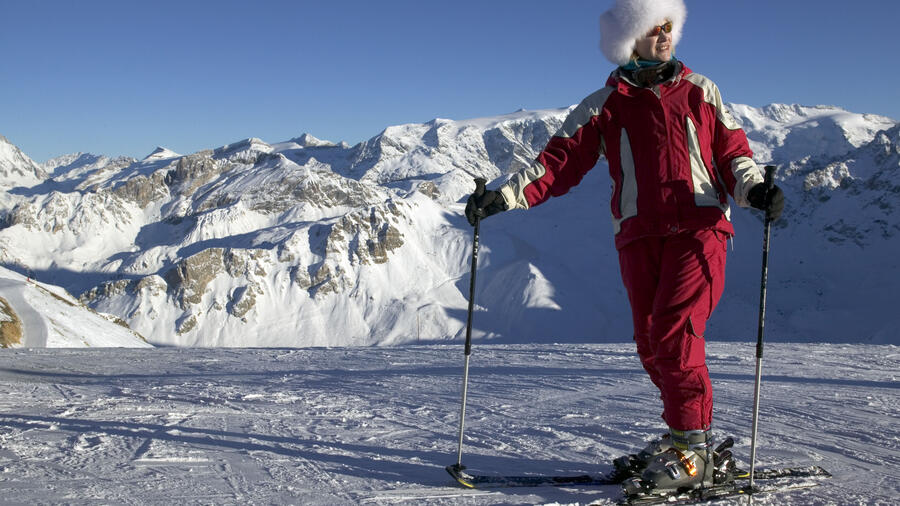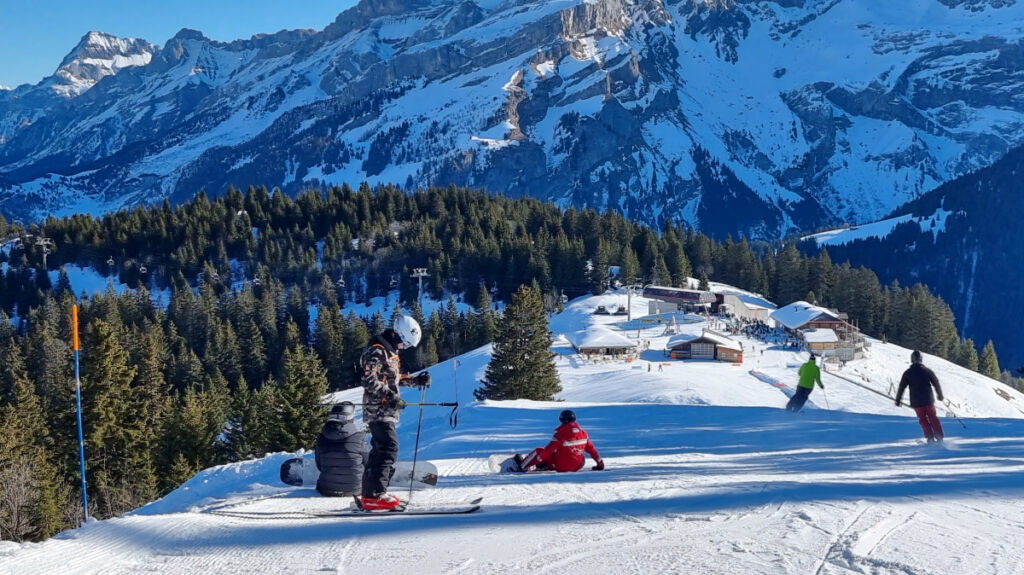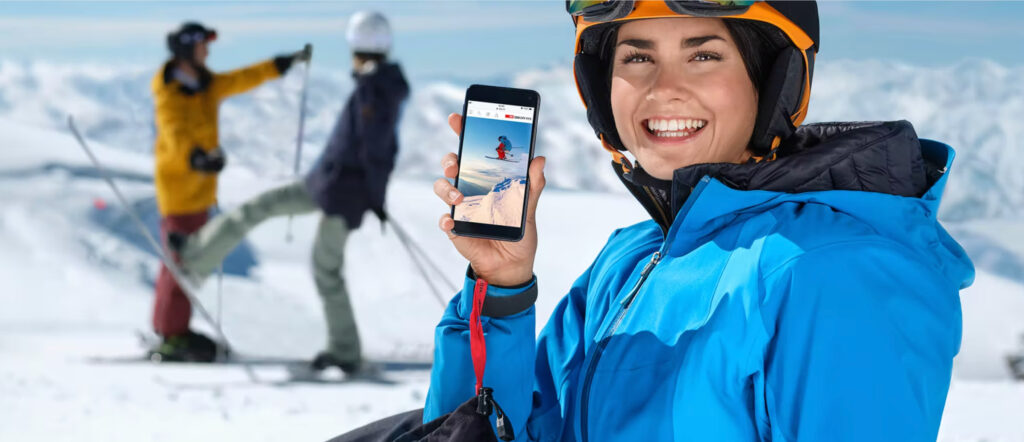
Anybody skiing in the Alps in the last twenty years can’t but help notice the large number of Russian tourists. Whether it is hearing Russian spoken in the resorts or Cyrillic estate agent listings, the Russians had clearly taken to the Alps in a big way since the fall of the Iron Curtain. But this was a popular invasion.
The Russian influx was welcomed in particular by the ski resorts. Wealthy Russians weren’t shy about buying chalets and luxury items. Russians also filled the quieter ski period in January because it coincided with the Russian Orthodox Christmas vacation season. Courchevel in January, in particular, is usually awash with Russian billionaires, their entourages and their dosh.
Resorts saw a downturn in the number of middle-class Russians after the first Russian invasion of Ukraine in 2014. However it did not affect the oligarchs who continued to flood in to the Alps, even though the resorts were sometimes less welcoming to the oligarchs than hitherto. In 2018 Roman Abramovich, the owner of Chelsea football club, applied for, but was denied, residency in Verbier. Swiss police arrested Russian businessman Vladislav Klyushin on his way to Zermatt in 2021, and extradited him to the USA on charges of commercial espionage.
None the less, in the winter season 2018/19 Russians spent 140,000 night stays in hotels in the French Three Valleys resorts alone. Switzerland had 195,000 Russian night stays in the same season, with the main destinations being Verbier, Zermatt, St Moritz and Davos. Resorts in the Tyrol such as St Anton and Ischgl were particularly popular with a segment of the Russian market who liked the extensive pistes and hard core apres ski. Despite a small dip in 2014/15, luxury chalets in the main ski resorts continue to be purchased by wealthy Russians, or on behalf of wealthy Russians.
And it is not only wealthy and middle class Russians who enjoy the Alps. Le Monde established that Russian spooks have long favoured the Haute Savoie as a base for targeted assassinations around Europe, including that by the agents who planned the UK poisoning of ex Russian intelligence agent Sergei Skripal and his daughter in March 2018.
Outside the Alps the Bulgarian ski resorts, such as Borovets and Bansko, have always been popular winter destinations for Russians. Before the Iron Curtain came down, I met many Russians in my ski trips to the country. There is a strong cultural bond between the people of Russia and the people of Bulgaria, and skiing in Bulgaria is significantly cheaper than Alpine ski resorts. Consequently Russian tourists have continued to flock to Bulgaria for winter sports even after the Iron Curtain came down and opened up the Alps as a ski destination. In the 2021/22 season Russian tourists came in even larger numbers because Bulgaria recognises Russian-made COVID vaccines.
The invasion of Ukraine by the Russian military in February 2022 has changed everything for Russian winter tourists. For the foreseeable future, it is going to be impractical for Russians to get to the Alps, and – in any case – not affordable for many of them as the rouble plunges against the Euro and the Russian economy goes into recession. For Russian tourists on holiday in Europe and caught unaware by the invasion, the sanctions from the EU and Switzerland have left tens of thousands stranded in European ski resorts. Middle class Russians face an expensive trip home since all flights out of the EU to Russia have been grounded. Additionally many ATMs and establishments will no longer approve Russian debit and credit cards.
Switzerland has long been a popular destination for the wealthy, but their presence is no longer as welcome as it once was. The 2022 Verbier Festival has cancelled all Russian artists and the Music Director, Valery Gergiev, a prominent Putin apologist, has been asked to resign. Aligning with EU restrictions, eight Russian oligarchs resident in Switzerland with close ties to Putin have received travel bans. Many oligarchs will see their chalets sequestrated. At least a dozen private planes owned by wealthy Russians are stranded at Basel airport. Billions of dollars worth of assets managed or held by Swiss banks on behalf of wealthy Russians have been frozen.
Still, Belarus, North Korea, Syria and Eritrea remain friendly to the Russian regime and will no doubt welcome winter tourists from Russia – although the skiing options are limited. But there’s always Sochi, where the biggest ski resort, Krasnaya Polyana, has 102 km of piste and still serves Russian vodka.
Choosing the Right Flower Service
Selecting the perfect flower delivery in Lahore requires understanding your needs and preferences. Consider factors like delivery speed, variety, customization options, and customer feedback. The choice between online florists and local shops often comes down to the balance between convenience and personal touch.
Sustainable and Eco-Friendly Options
An increasing number of Lahore’s florists are embracing sustainable practices, from sourcing locally grown flowers to using eco-friendly packaging. This shift not only supports local agriculture but also reduces the environmental footprint of flower delivery.




